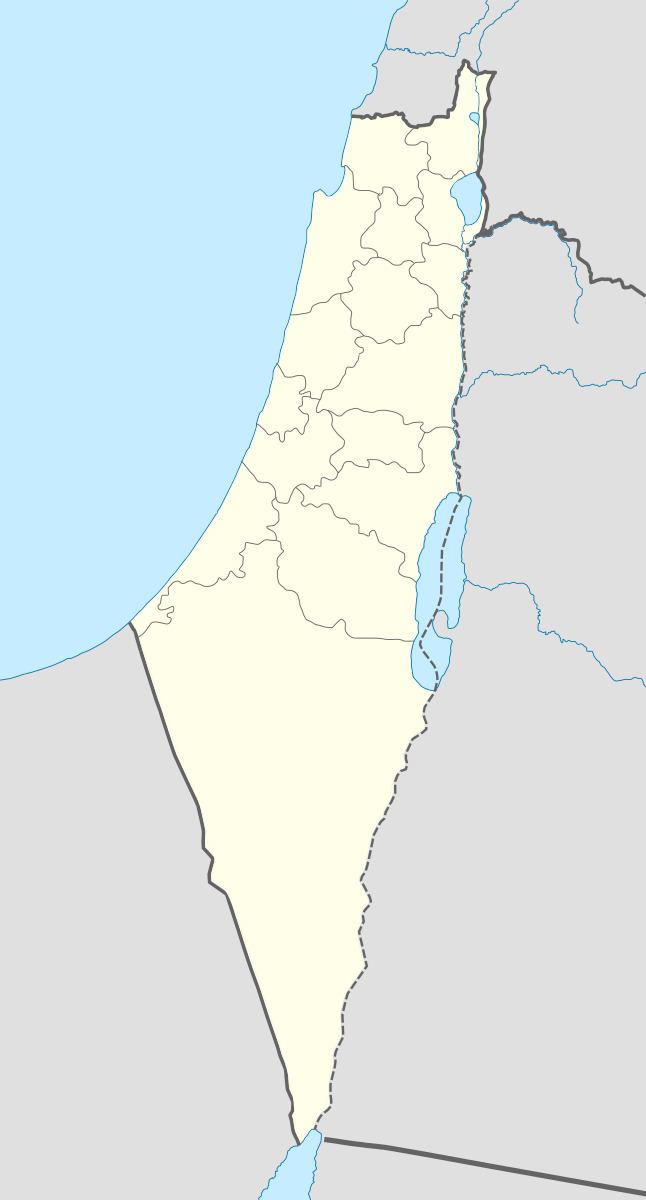Name meaning Paradise Palestine grid 151/187 Local time Thursday 4:29 PM Date of depopulation 1 April 1948 | ||
 | ||
Weather 30°C, Wind E at 13 km/h, 21% Humidity | ||
Fardisya was a Palestinian Arab hamlet in the Tulkarm Subdistrict. It was depopulated during the 1947–48 Civil War in Mandatory Palestine on April 1, 1948, under Operation Coastal Clearing. It was 2.5 kilometres (1.6 mi) south of Tulkarm. Fardisya was mostly destroyed with the exception of a single deserted house.
Contents
History
Achaelological excavations have recovered ceramics from the Iron Age (c. tenth century BCE), and a sarcophagus from the Roman era.
The Crusaders referred to Fardisya as Phardesi. Potsherds from the Mamluk era have also been found here.
Ottoman era
Fardisa was incorporated into the Ottoman Empire in 1517 with all of Palestine, and in 1596 it appeared in the tax registers as being in the Nahiya of Bani Sa'b of the Liwa of Nablus. It had a population of 83, (13 households and 2 bachelors), all Muslim. The villagers paid a fixed tax-rate of 33% various agricultural products, including wheat, barley, summer crops, olive trees, goats and/or beehives in addition to occasional revenues; a total of 5,000 akçe. All the revenues went to a waqf.
In 1870, Victor Guérin noted that the village was situated on a hill. In 1881, the Palestine Exploration Fund's Survey of Western Palestine (SWP) described "a small village near the edge of the hills, remarkable only from a palm growing at it.”
British Mandate era
In the 1922 census of Palestine there were 15 villagers, all Muslim, increasing in the 1931 census to 55 Muslims, in a total of 14 houses.
In 1945, Fardisiya had a population of 20 Muslims with a total of 1,092 dunums of land. Of this, a total of 187 dunams were plantations and irrigated land, 388 dunums were for cereals, while 19 dunams were classified as “built-up” areas.
1948, aftermath
The moshav Sha'ar Efraim is close to some of Fardisya's lands.
